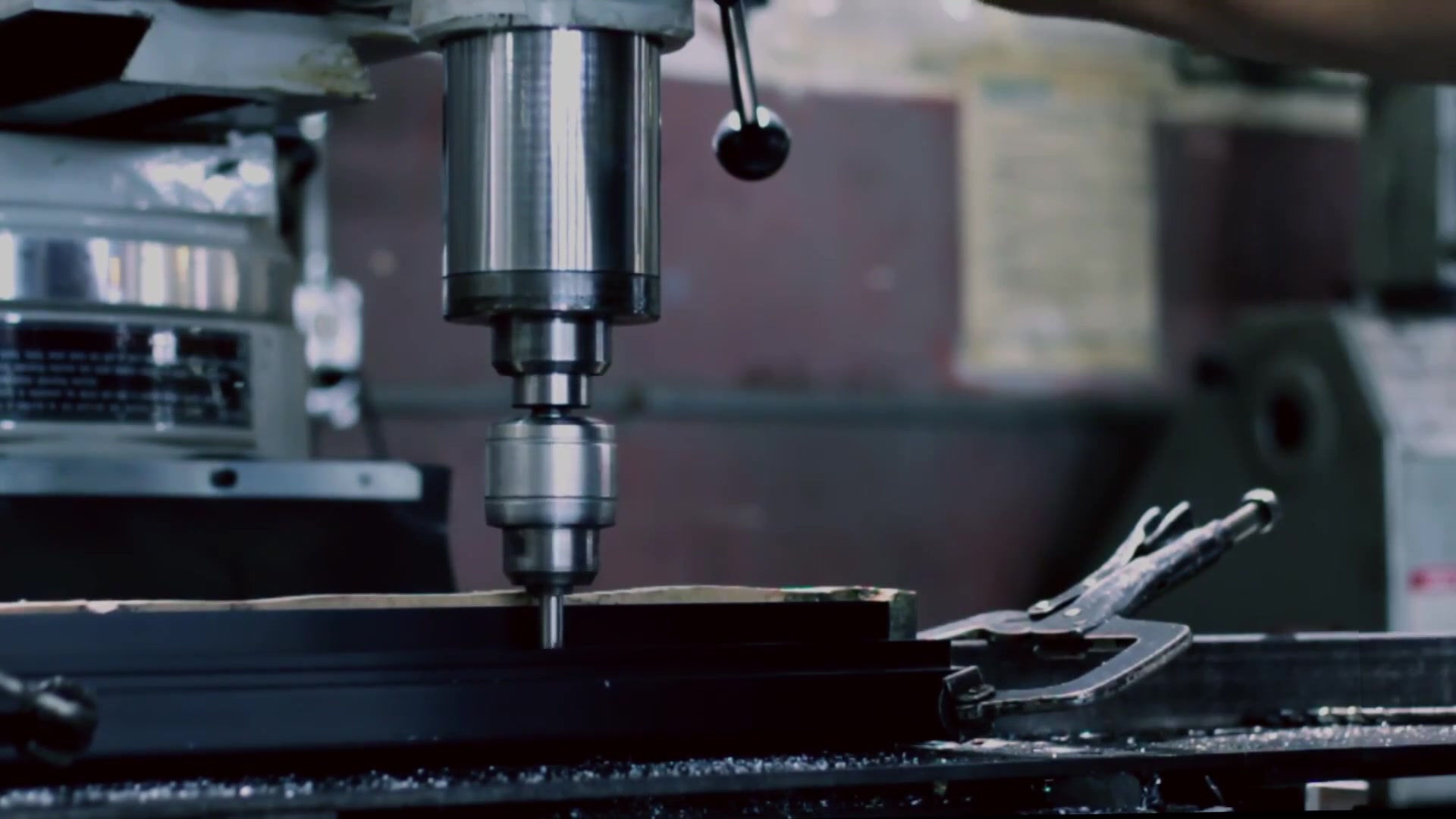


Global Custom Manufacturer, Integrator, Consolidator, Outsourcing Partner for a Wide Variety of Products & Services.
We are your one-stop source for manufacturing, fabrication, engineering, consolidation, integration, outsourcing of custom manufactured and off-shelf products & services. We also private label / white label your products with your brand name if you wish.
Choose your Language
-
Custom Manufacturing of Parts, Components, Assemblies, Finished Products, Machines and Industrial Equipment
-
Domestic & Global Contract Manufacturing
-
Manufacturing Outsourcing
-
Domestic, Global Procurement of Industrial Products
-
Private labeling / White Labeling your Products with your Brand Name
-
Product Finding & Locating Services
-
Global Design and Channel Partnership
-
Engineering Integration
-
Engineering Services
-
Global Consolidation, Warehousing, Logistics
SOFT LITHOGRAPHY is a term used for a number of processes for pattern transfer. A master mold is needed in all cases and is microfabricated using standard lithography methods. Using the master mold, we produce an elastomeric pattern / stamp to be used in soft lithography. Elastomers used for this purpose need to be chemically inert, have good thermal stability, strength, durability, surface properties and be hygroscopic. Silicone rubber and PDMS (Polydimethylsiloxane) are two good candidate materials. These stamps can be used many times in soft lithography.
One variation of soft lithography is MICROCONTACT PRINTING. The elastomer stamp is coated with an ink and pressed against a surface. The pattern peaks contact the surface and a thin layer of about 1 monolayer of the ink is transferred. This thin film monolayer acts as the mask for selective wet etching.
A second variation is MICROTRANSFER MOLDING, in which the recesses of the elastomer mold are filled with liquid polymer precursor and pushed against a surface. Once the polymer cures after microtransfer molding, we peel off the mold, leaving behind the desired pattern.
Lastly a third variation is MICROMOLDING IN CAPILLARIES, where the elastomer stamp pattern consists of channels that use capillary forces to wick a liquid polymer into the stamp from its side. Basically, a small amount of the liquid polymer is placed adjacent to the capillary channels and the capillary forces pull the liquid into the channels. Excess liquid polymer is removed and polymer inside the channels is allowed to cure. The stamp mold is peeled off and the product is ready. If the channel aspect ratio is moderate and the channel dimensions allowed depend on the liquid used, good pattern replication can be assured. The liquid used in micromolding in capillaries can be thermosetting polymers, ceramic sol-gel or suspensions of solids within liquid solvents. The micromolding in capillaries technique has been used in sensor manufacturing.
Soft lithography is used to construct features measured on the micrometer to nanometer scale. Soft lithography has advantages over other forms of lithography like photolithography and electron beam lithography. The advantages include the following:
• Lower cost in mass production than traditional photolithography
• Suitability for applications in biotechnology and plastic electronics
• Suitability for applications involving large or nonplanar (nonflat) surfaces
• Soft lithography offers more pattern-transferring methods than traditional lithography techniques (more ''ink'' options)
• Soft lithography does not need a photo-reactive surface to create nanostructures
• With soft lithography we can achieve smaller details than photolithography in laboratory settings (~30 nm vs ~100 nm). The resolution depends on the mask used and can reach values down to 6 nm.
MULTILAYER SOFT LITHOGRAPHY is a fabrication process in which microscopic chambers, channels, valves and vias are molded within bonded layers of elastomers. Using multilayer soft lithography devices consisting of multiple layers may be fabricated from soft materials. The softness of these materials allows the device areas to be reduced by more than two orders of magnitude compared with silicon-based devices. The other advantages of soft lithography, such as rapid prototyping, ease of fabrication, and biocompatibility, are also valid in multilayer soft lithography. We use this technique to build active microfluidic systems with on-off valves, switching valves, and pumps entirely out of elastomers.



















